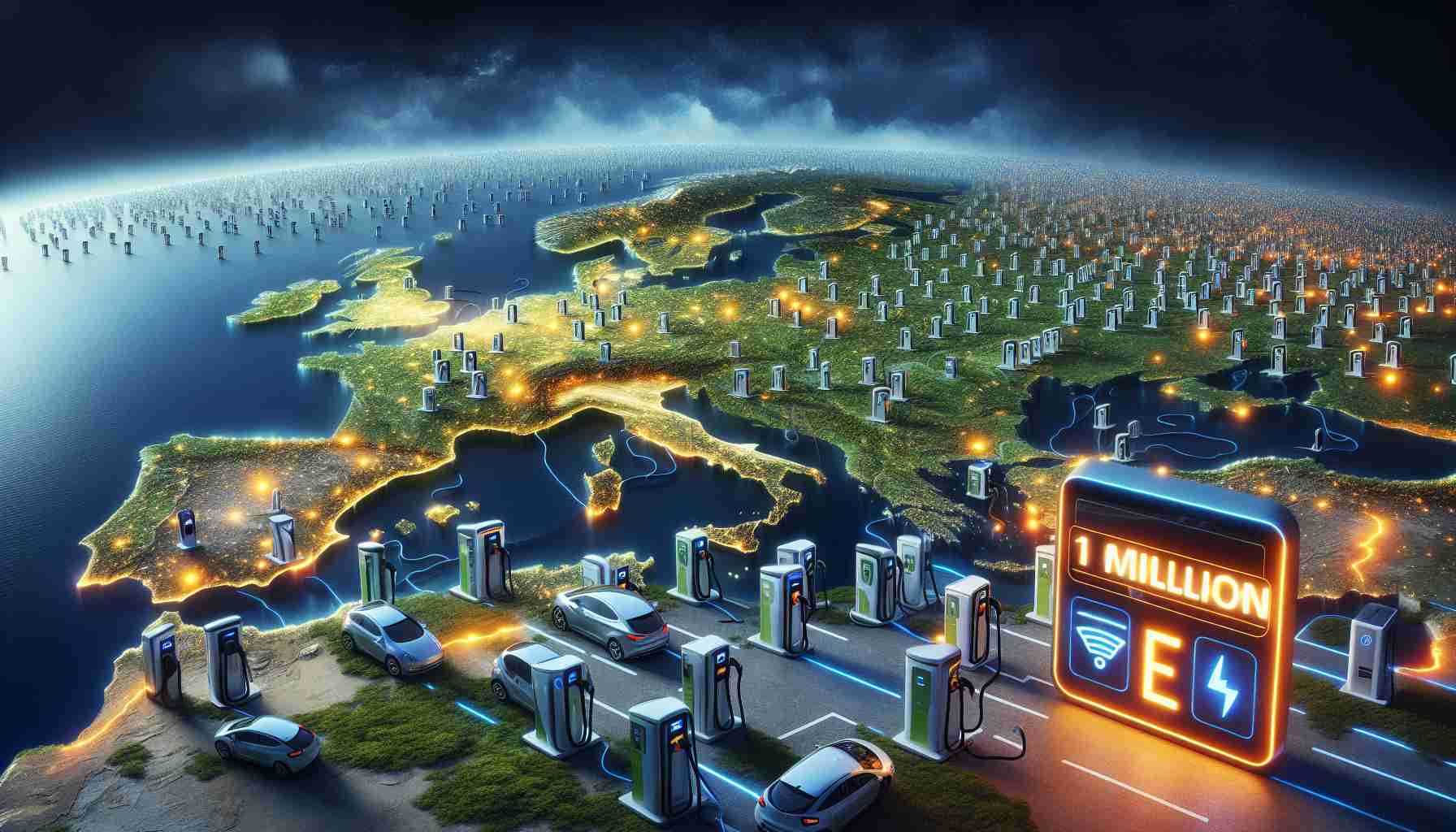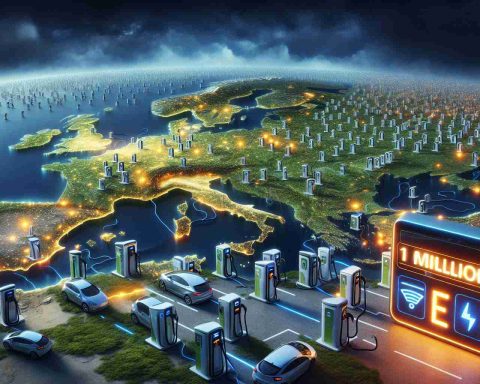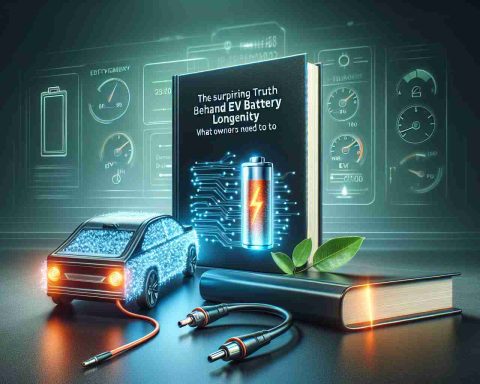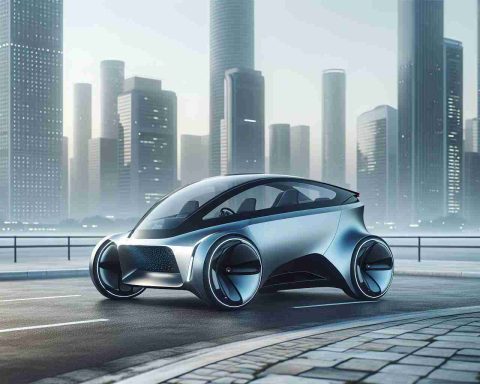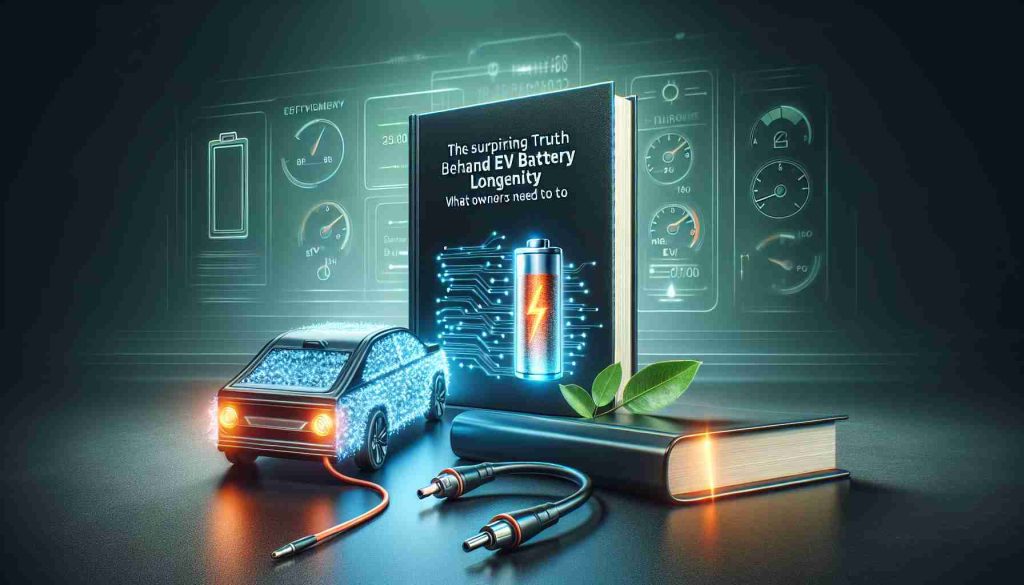- Europe reaches a milestone with 1 million public EV charge points, a massive increase from 100,000 in 2018.
- Key drivers include government policies, rising EV sales, and private sector investment.
- The Netherlands leads with 175,000 chargers, followed by France (165,000) and Germany (140,000), with the UK at 95,000.
- Despite growth, public charger utilization is unexpectedly low due to high costs compared to home charging.
- The future of Europe’s EV infrastructure includes challenges in making charging stations accessible and affordable.
An electrifying transformation hums through Europe’s landscapes as the continent celebrates a groundbreaking milestone: 1 million public electric vehicle (EV) charge points now power the roads. Yet, the journey to this feat began not so long ago, with just 100,000 chargers in 2018. Spurred by ambitious government policies, a surge in EV sales, and substantial private sector investment, this formidable expansion hints at a promising, greener horizon.
Leading the charge, the Netherlands boasts 175,000 chargers, an impressive feat achieved through robust government support. France cruises closely behind with 165,000, strategically planted in bustling urban environments. Germany, despite being an EV sales titan, lays claim to 140,000 chargers, particularly distinguished by an abundance of ultra-fast options. Meanwhile, the UK trails with 95,000 public charge points, primarily due to the prevalence of home charging among off-street parking owners.
However, all is not as it seems. A subtle tension ripples beneath this progress — public charger utilization remains surprisingly low. Astronomical pricing presents a stark contrast to the affordability of home charging, deterring potential users. In the UK, for example, charging at home costs a mere 7-10p per kWh, yet public chargers can demand over 70p per kWh.
As the landscape electrifies, one thing becomes certain: Europe’s leadership in EV infrastructure represents both a triumph and a call to action. The coming years will see fierce competition and potential market consolidation. The real challenge lies in ensuring that Europe’s roads are not just filled with chargers, but that these stations are accessible, affordable, and ready to power the electric dreams of tomorrow.
Are Europe’s EV Chargers Ready for a Green Future? Here’s What You Need to Know!
How-To Steps & Life Hacks
Maximizing EV Charging Efficiency:
1. Plan Your Route: Use apps like PlugShare or ABRP to ensure your destination has available chargers.
2. Join Loyalty Programs: Many providers offer discounts or membership perks.
3. Optimize Charging Time: Charge during off-peak hours if time-of-use rates apply to your home or if there are discounted public charging times.
4. Regularly Monitor Battery Health: Proper battery maintenance can also enhance charging speed and capacity utilization.
Real-World Use Cases
– Urban Mobility: Electric taxis and ride-shares in cities like Paris heavily rely on accessible public chargers in high-traffic areas.
– Commercial Fleets: Companies with electric delivery vans utilize fast-charging networks to keep operations running smoothly, such as those tested by DHL in major European cities.
Market Forecasts & Industry Trends
The European EV charging station market is anticipated to grow at a compound annual growth rate (CAGR) of over 30% between 2022 and 2030. Innovations like wireless charging and solar-powered stations are key trends shaping the future.
Reviews & Comparisons
Charge Point Providers:
– Tesla Supercharger Network: Known for its speed and reliability but limited to Tesla vehicles in many regions.
– Ionity: A pan-European network offering ultra-fast charging, suitable for any EV compatible with the CCS standard.
Controversies & Limitations
– Pricing Disparity: The high cost of public chargers compared to home charging is a major issue. Advocacy groups emphasize the need for government-regulated pricing models.
– Infrastructure Gaps: Rural areas and smaller cities remain underserved, limiting widespread EV adoption.
Features, Specs & Pricing
– Ultra-Fast Chargers: Deliver up to 350 kW, adding significant range in minutes. Priced higher due to advanced technology and increased electricity demand.
– Standard Fast Chargers: Offer up to 150 kW, suitable for city use and at a lower cost.
– Pricing Models: Subscription-based, Pay-As-You-Go, and tiered pricing plans dominate.
Security & Sustainability
Security features like encrypted wireless communication protect user data. Sustainability initiatives include using renewable energy sources and energy-efficient station designs to minimize the carbon footprint.
Insights & Predictions
The growth in EV infrastructure could spawn new business models, such as “charge sharing,” akin to ride-sharing, where individuals rent out home chargers.
Tutorials & Compatibility
– Understanding Connector Types: Ensure your vehicle is compatible with Type 2, CCS, or CHAdeMO connectors often used throughout Europe.
– Using Charging Apps: Offers real-time data on charger availability and pricing, essential for efficient planning.
Pros & Cons Overview
Pros:
– Improved air quality and reduction in urban noise pollution.
– High availability in major European cities fosters EV adoption.
Cons:
– Uneven distribution may hinder rural EV expansion.
– Higher cost compared to residential charging.
Actionable Recommendations
1. Advocate for Price Regulations: Engage with local representatives about aligning public pricing to home charging costs.
2. Invest in Portable Chargers: For EV owners, having a portable charger can provide flexibility and peace of mind.
3. Integrate Solar Solutions: Consider installing solar panels at home to reduce operational costs and reduce reliance on public infrastructure.
For more on Europe’s shift towards electric vehicles, check out the main site Europa for comprehensive reports and insights.
